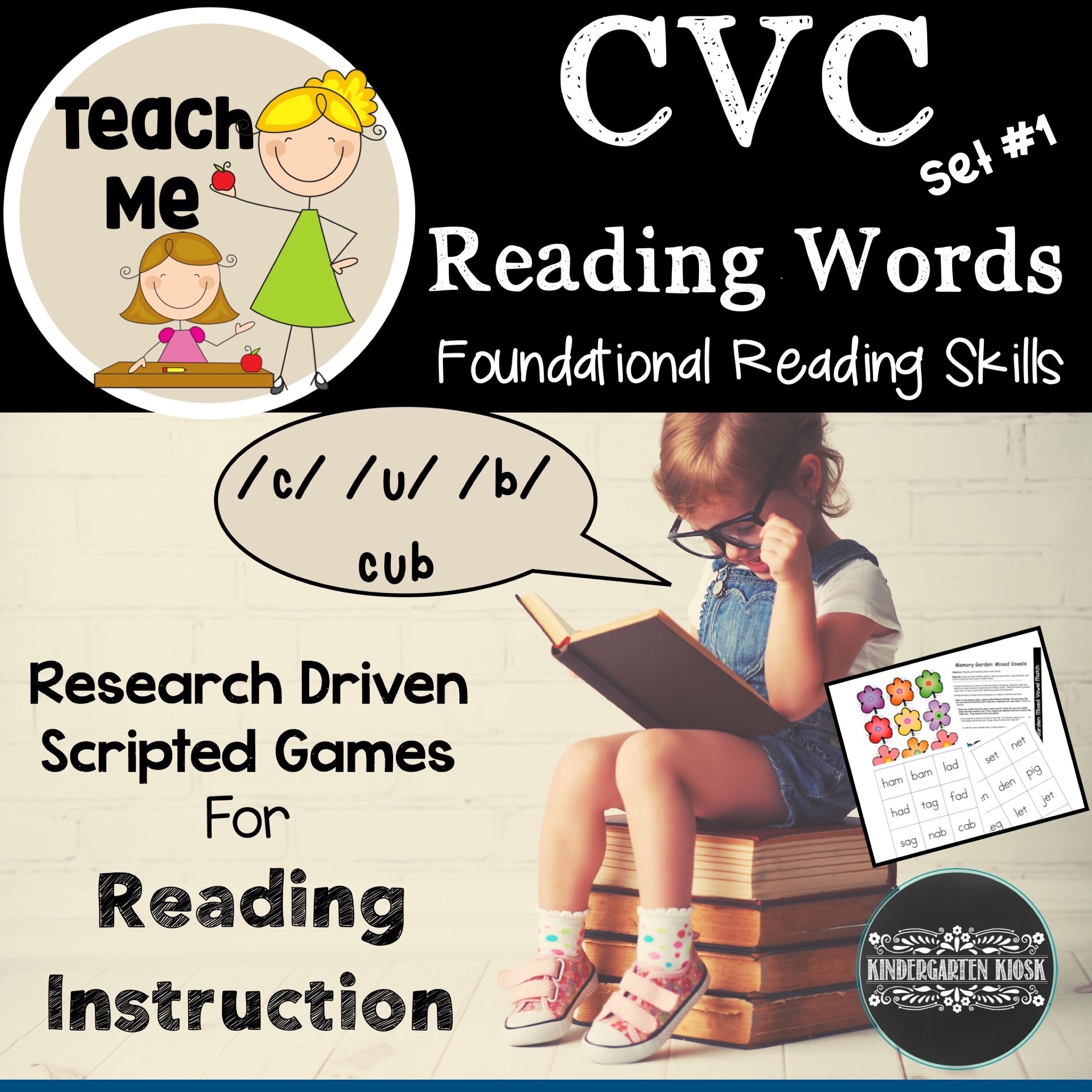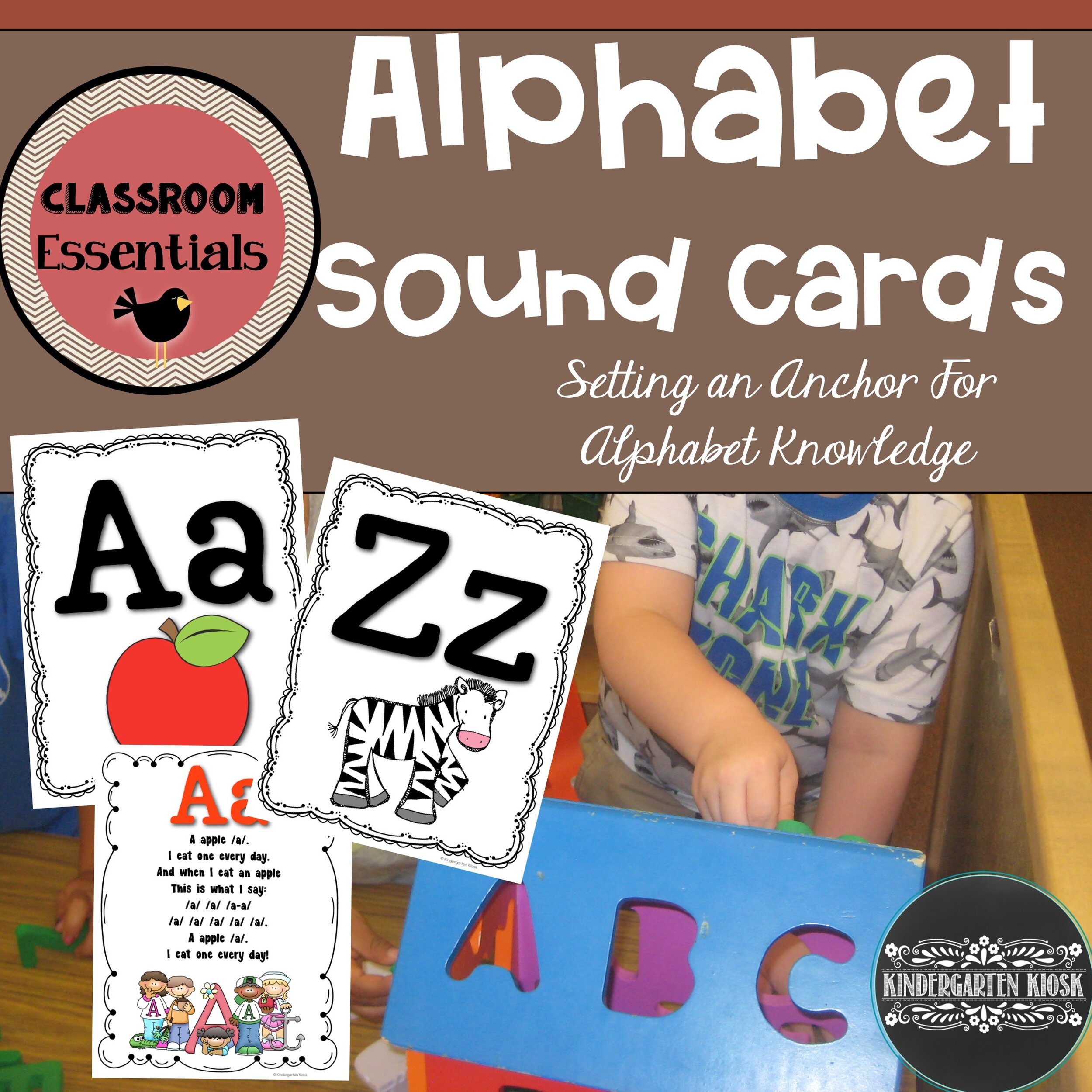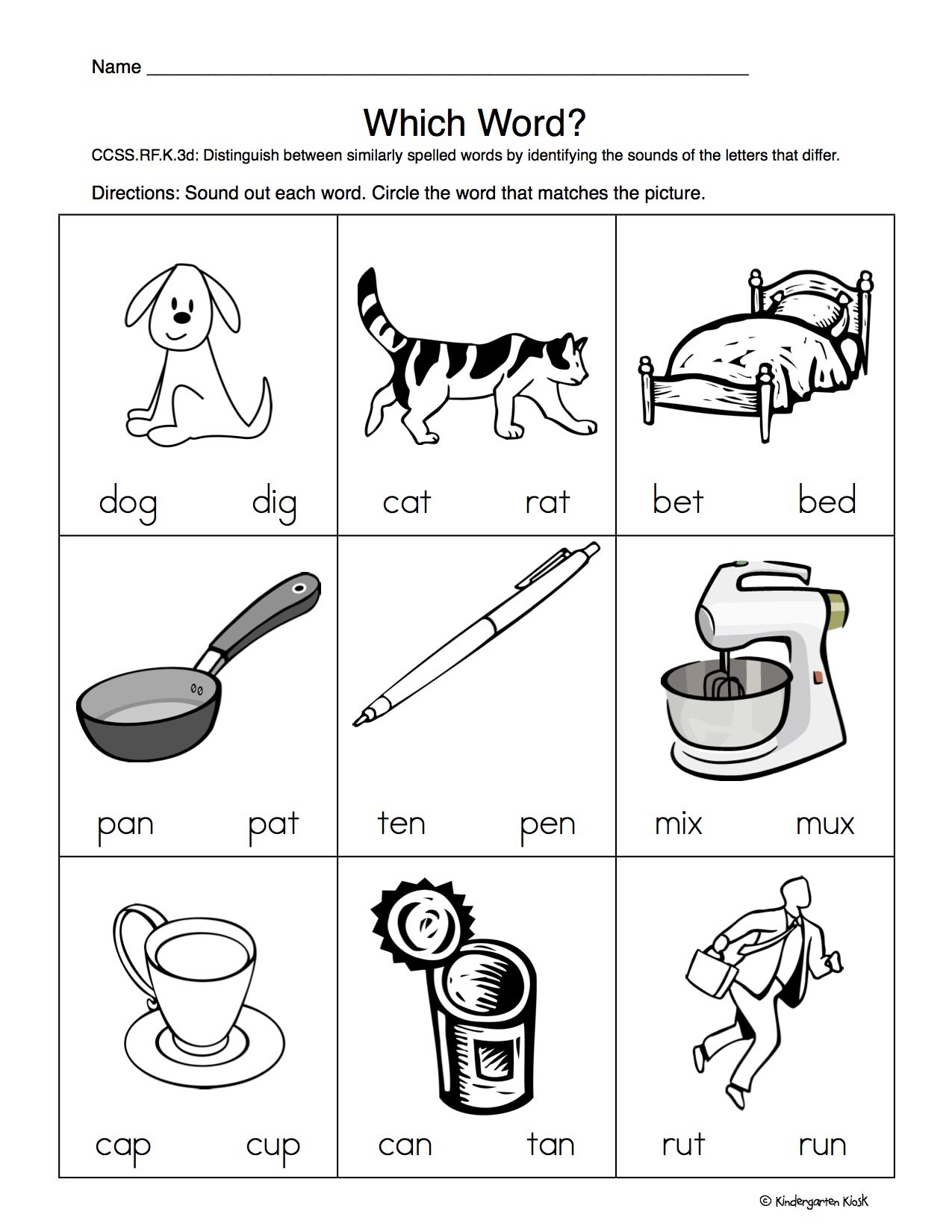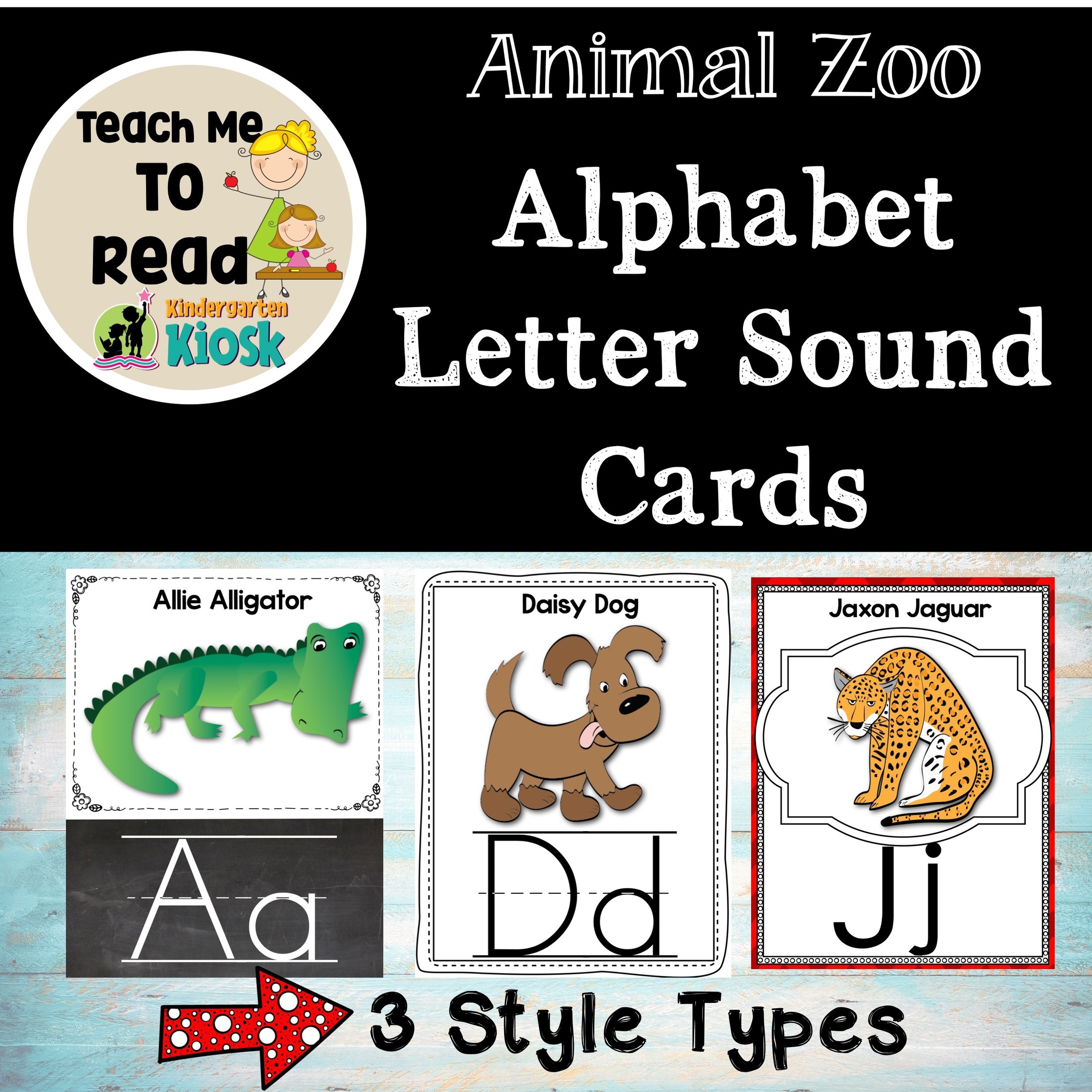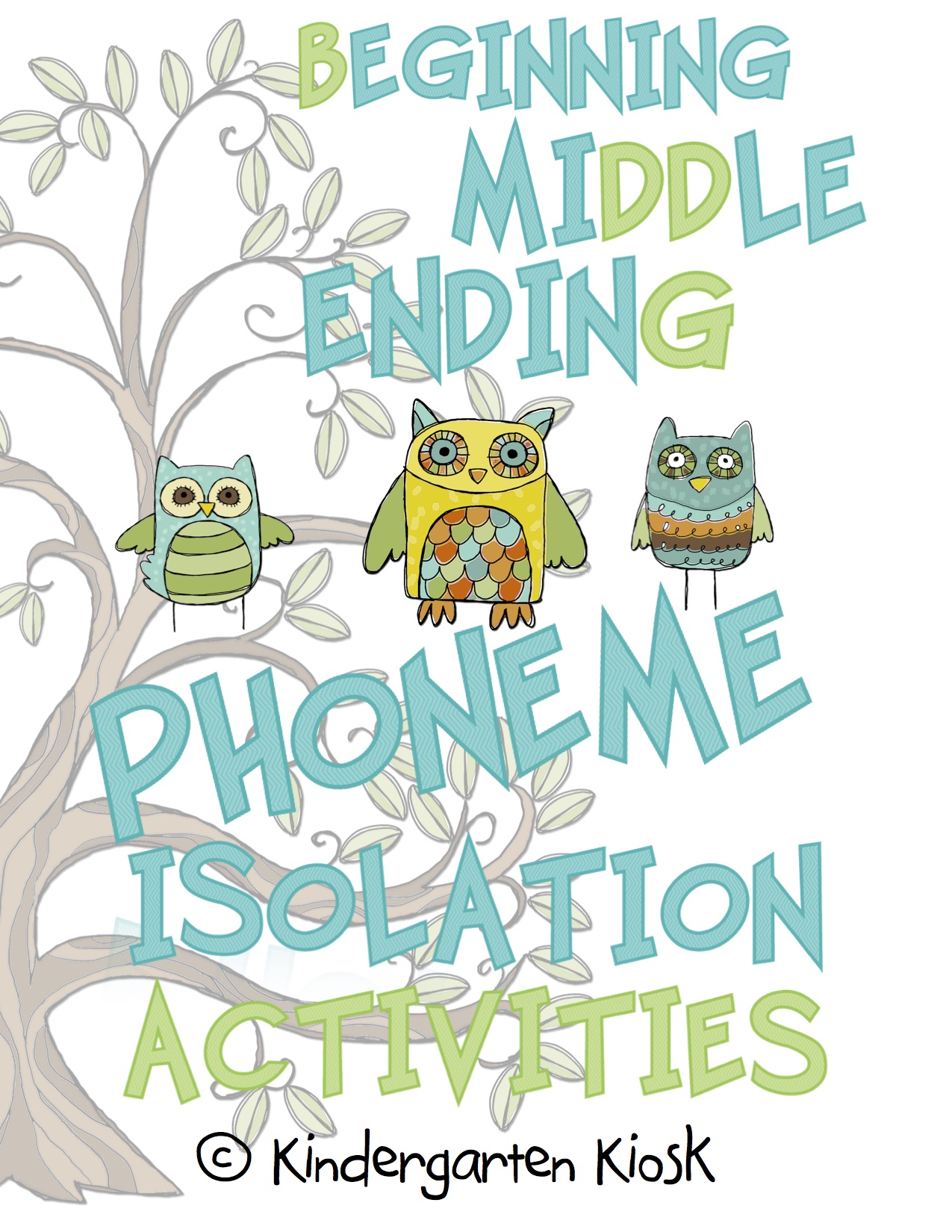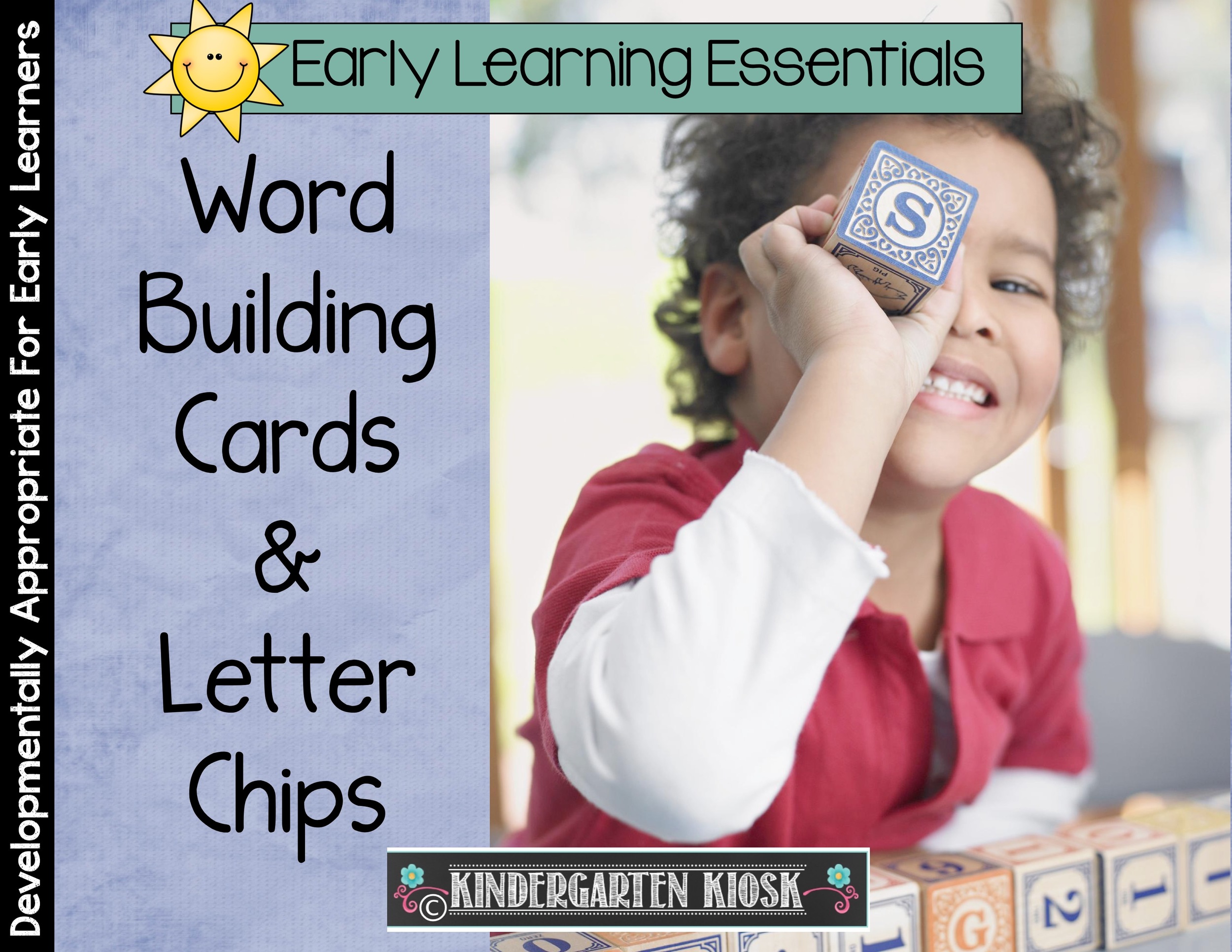Helping Early Learners Conquer Those Pesky Vowels
When young children have mastered the alphabet letter names and know more than half of the letter sounds, hooray! But with that sigh of relief comes the reteaching and reteaching of those pesky vowels! In fact, vowels are so pesky, they need to be revisited each grade-level because many reading errors of older students can still be traced to inconsistency of vowel mastery.
Vowels are most easily mastered if the reteaching is thorough and strategic. To begin this strategic teaching, review the alphabet letter that represents the vowel and the sound-card that you are using in your classroom or homeschool setting. If you don’t have defined sound-card you can check out ours in the product section below.
There are many great videos that are great and kids love them. Heidi's Songs is one of my favorites! She has been remastering all of her videos so if you think you know them, be sure to look again!
When revisiting the vowels, I recommend spending at least two days on each vowel for review. Because this is a review and all sounds have been previously introduced, be sure to talk about both the long and short sounds of the vowel.
Provide a visual and auditory (sound song) link for A E I O and U. There are many available, my favorite is Have Fun Teaching, my students LOVE it!
I also love the Talking Words Factory, kids really get the "glue" concept that is presented in this video.
Be sure to add further supports. Using hand cues to teach short vowel sounds adds a kinesthetic link. Teach your students these signs as each vowel is reviewed, then continue to use this cues as vowels are continually reviewed (I love how these signs actually match the mouth formation we will discuss below).
Teach children the linguistic characteristics of these vowels. I found that even though I was scared to take linguistics as an undergrad, and then terrified of advanced linguistics as part of my masters program, I loved these courses! I found the knowledge I gained to be crucial in regards to the effective teaching of reading. Here are the characteristics that one must know to better teach those pesky vowels.
The /a/ sound /æ/

The vowel is a jaw vowel made with the voice on. (Have students feel the sound made by touching their throat).
The /e/ sound /ɛ/

This vowel is a tongue vowel (it rises ever so slightly) made with the voice on. (Have students feel their mouth widen and tongue lift as they feel the sound made in their throat).
*The /a/ and /e/ are often confused by young children. Calling attention to tongue placement helps demonstrate differences.
The /i/ sound /ɪ/

This vowel is a tongue vowel (it rises ever so slightly) made with the voice on. (Have students feel the sound made by touching their throat and feel the tongue placement).
The /o/ sound /ɔ/

This vowel sound is a jaw vowel made with the voice on. (Have students feel the sound made by touching their throat and place hand under chin to feel the jaw drop).
The u sound /ʌ/

This vowel sound is a jaw vowel made with the voice on. (Have students feel the sound made by touching their throat, call attention to the differences between the o and u jaw placements).
Using mouth cards and hand signals as mentioned above help children learn the correct mouth placement as they practice and practice voicing vowel sounds. The differences become clear as students feel the changes that happen within their own mouth. Make sure to pass out mirrors so students will be able to visually see the differences.
Be patient. It takes a lot of listening and voicing practice to conquer these separate and distinct (pesky) vowel sounds. And remember that with all phonemic awareness practice, English Language Learners will get it, don't give up on them! But it will take added patience and practice as some of these sounds are not even made in their native tongue. Your patience and continued practice will pay off. As with all pre-reading skills, if added emphasis is placed on oral-phonemic practice until mastered, the transference to the written word will be very easy.
As you spend a week or two reviewing vowel sounds, you might want to check out our new vowel practice early learning essential. This packet also contains the sign language hand cards, mouth placement cards, vowel sound cards, and a vowel song poster and pocket chart cards. With the great low price of $4.00, you will be on your way to vowel sound victory.
Here are some other effective products to help your students master those pesky vowels.






